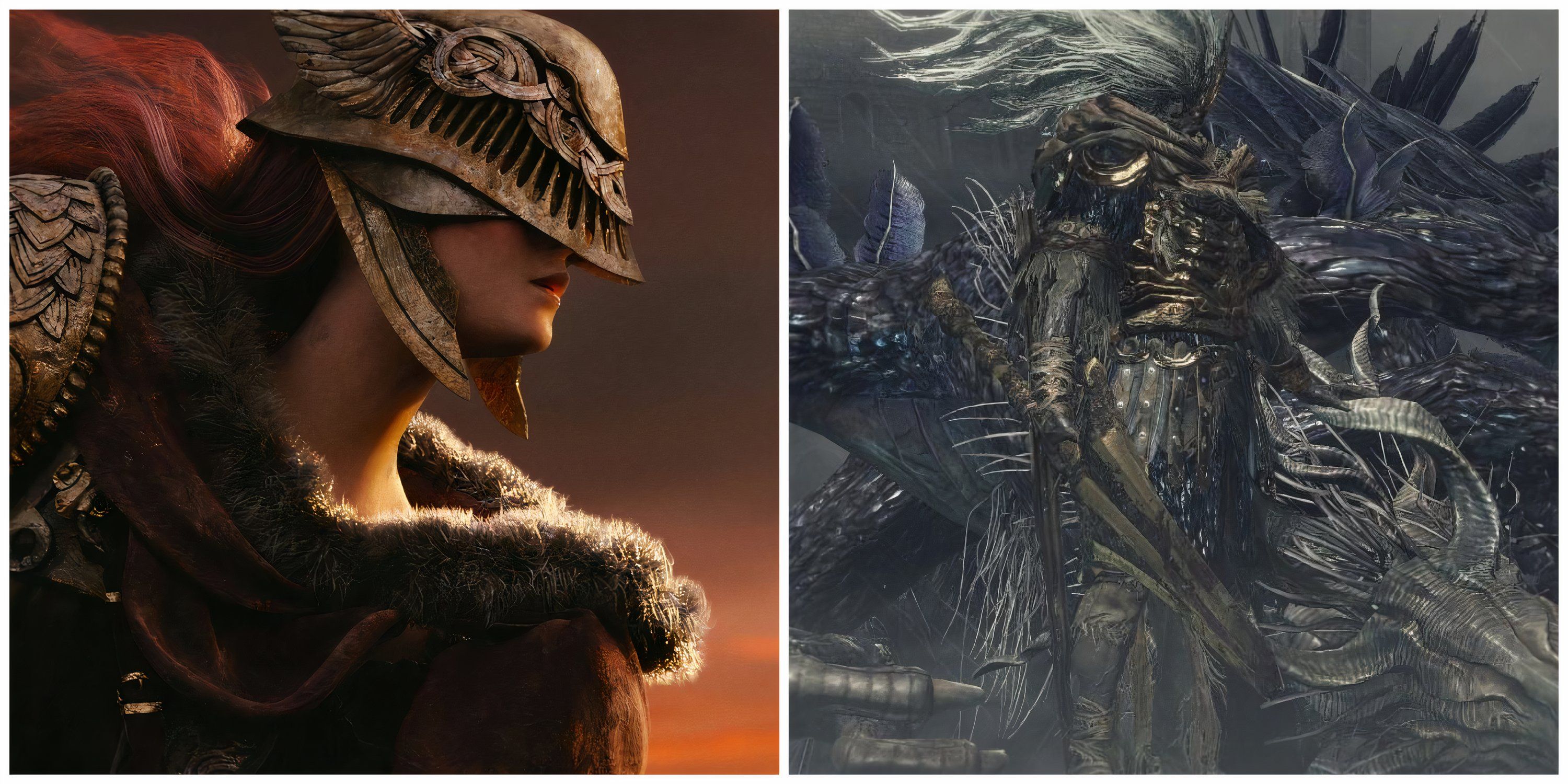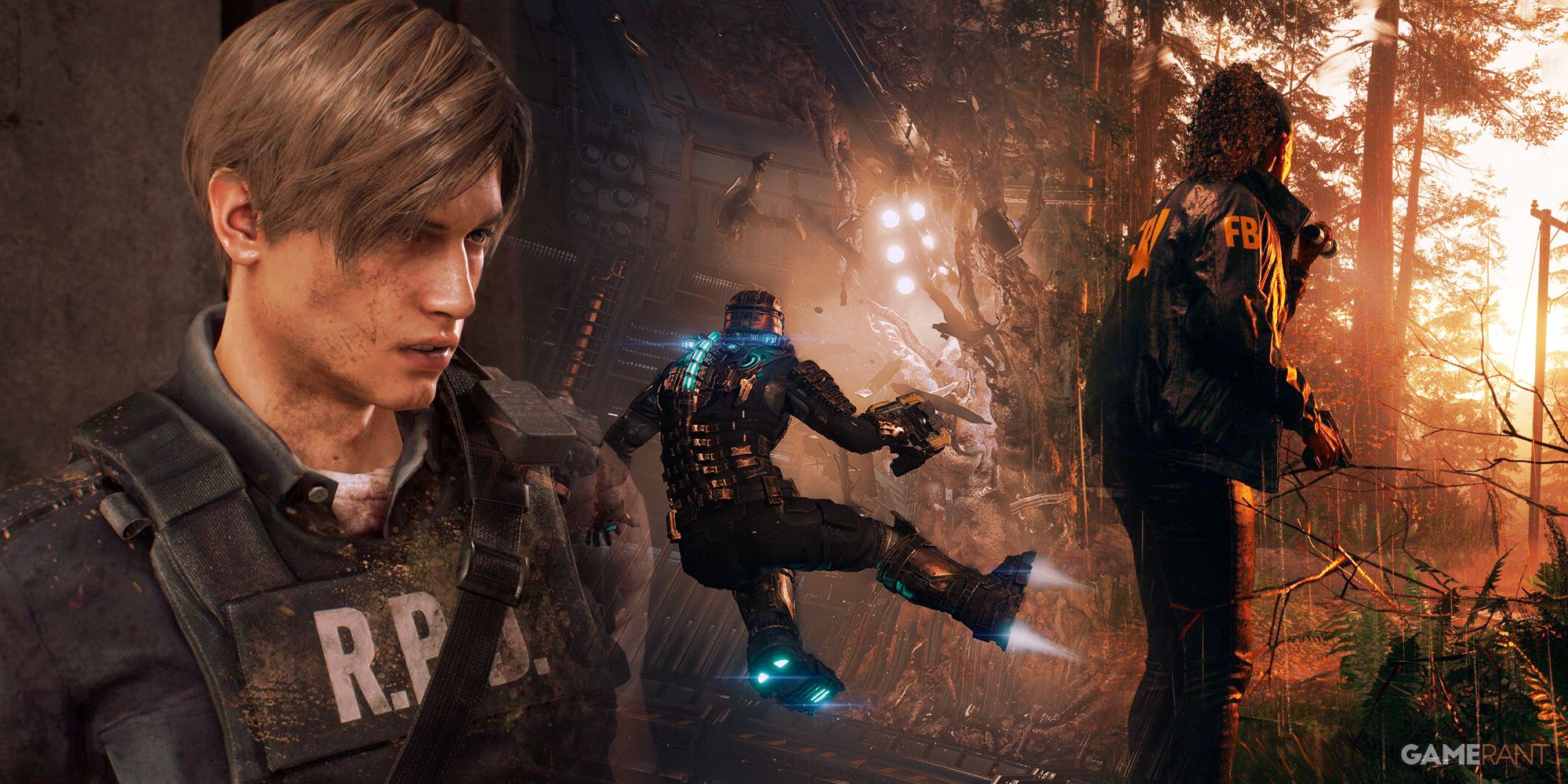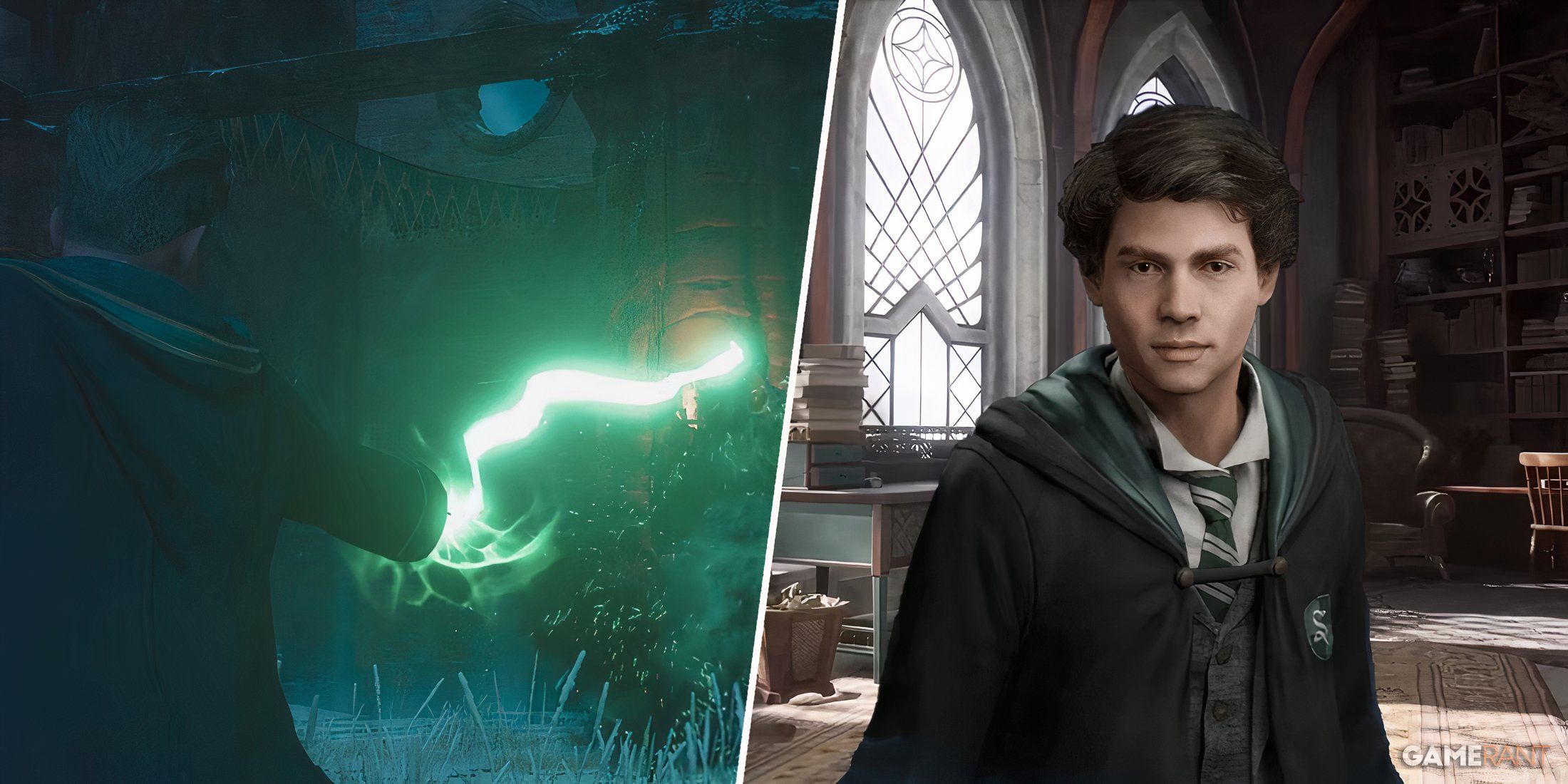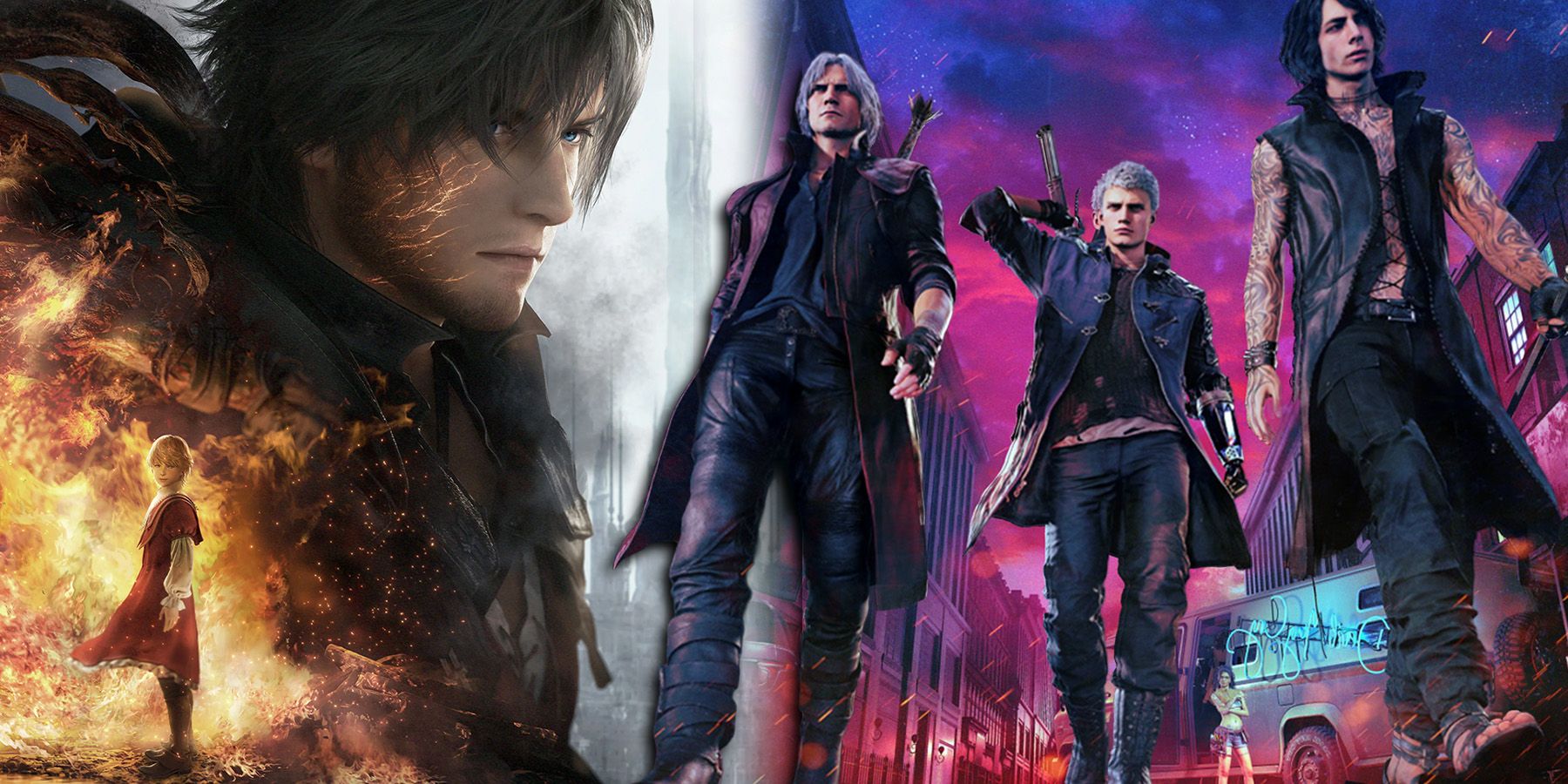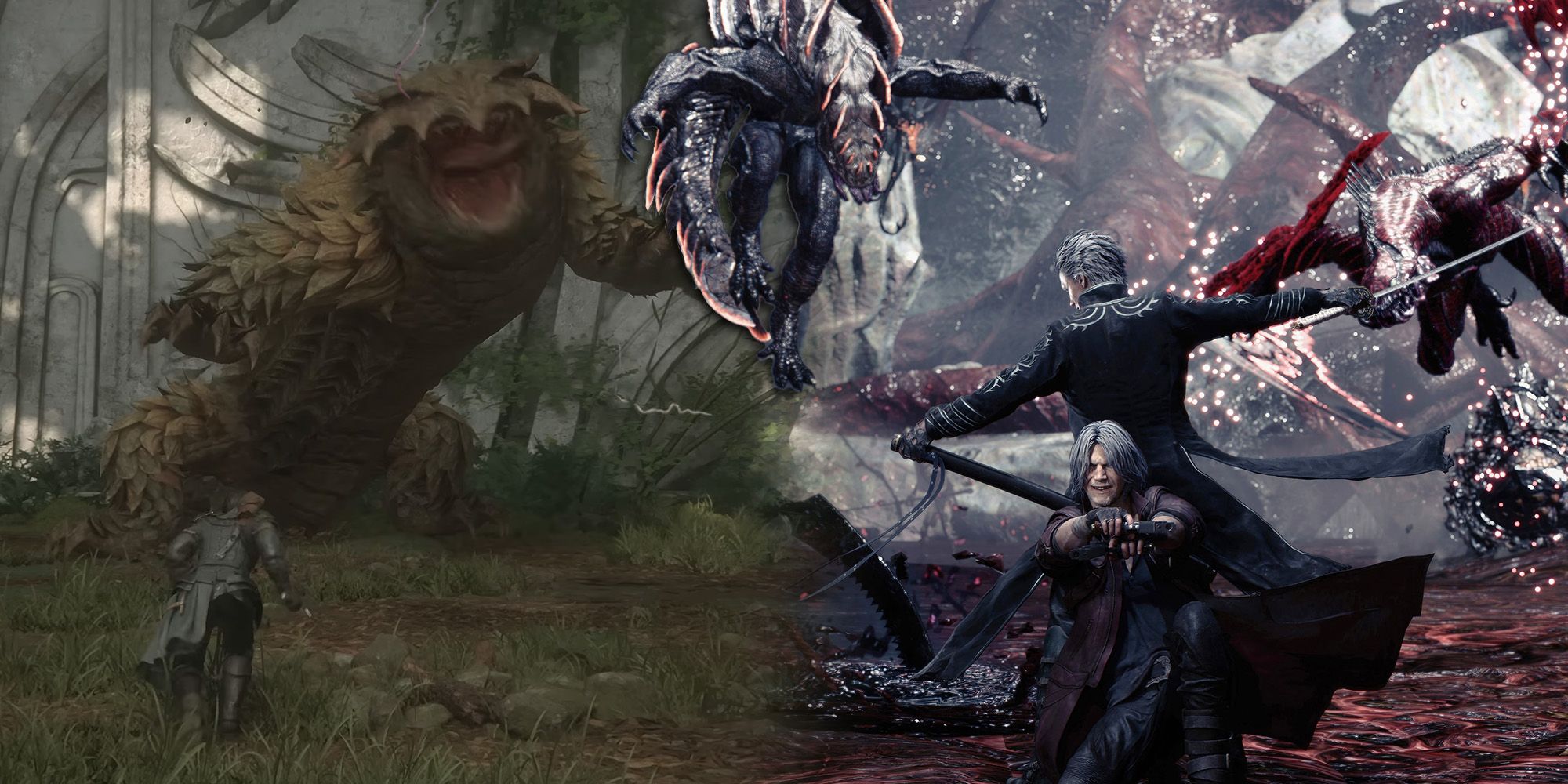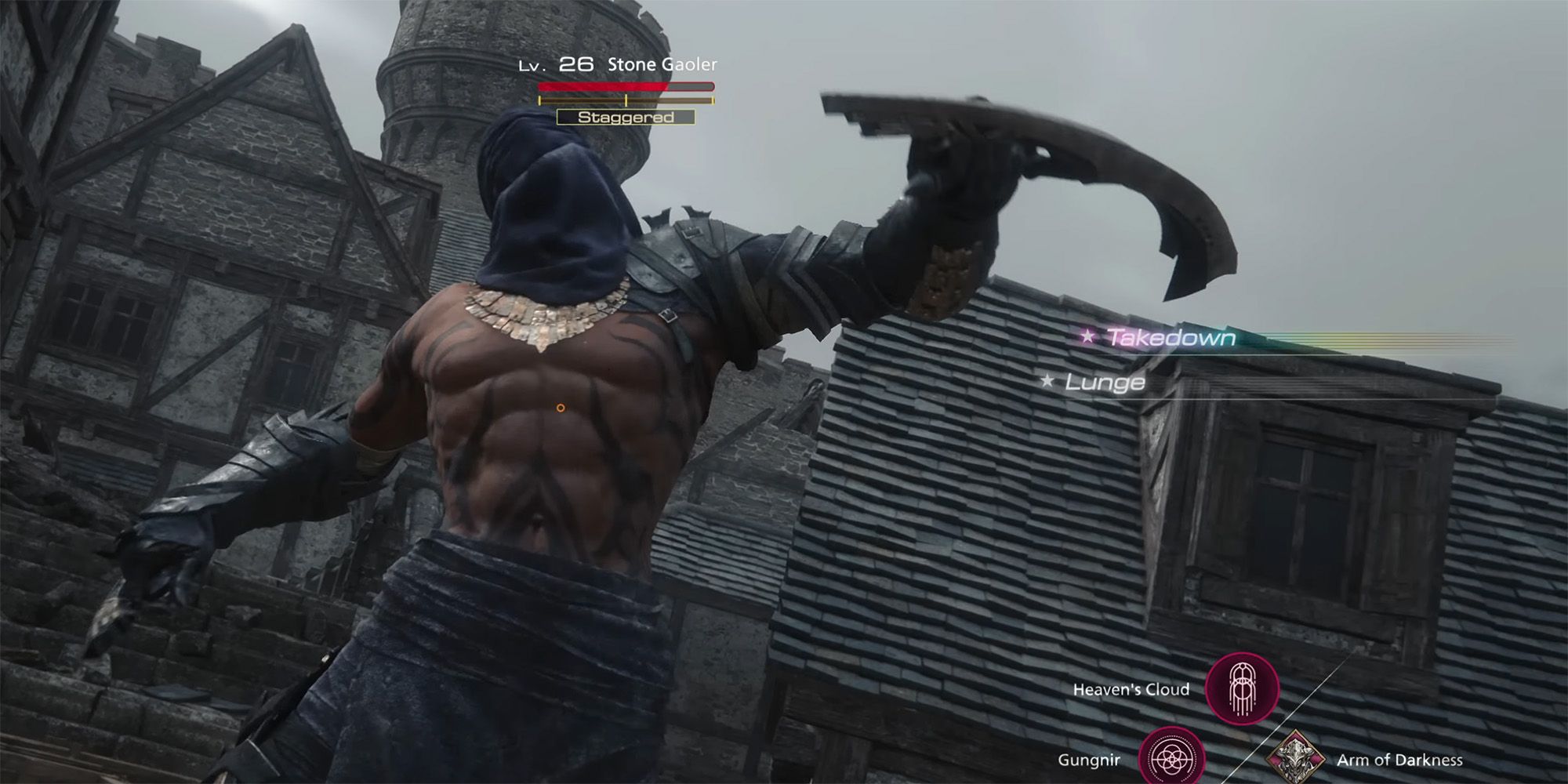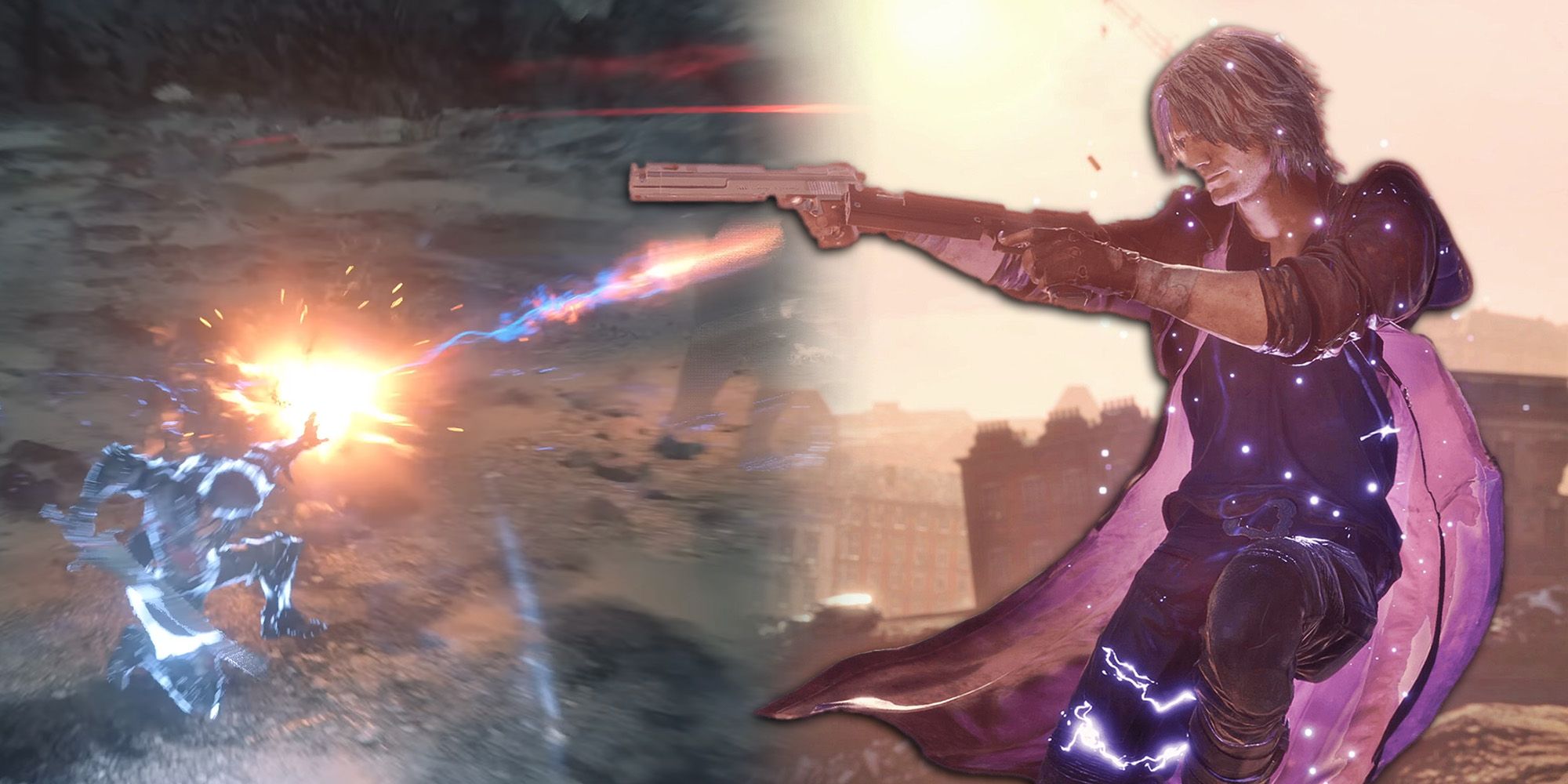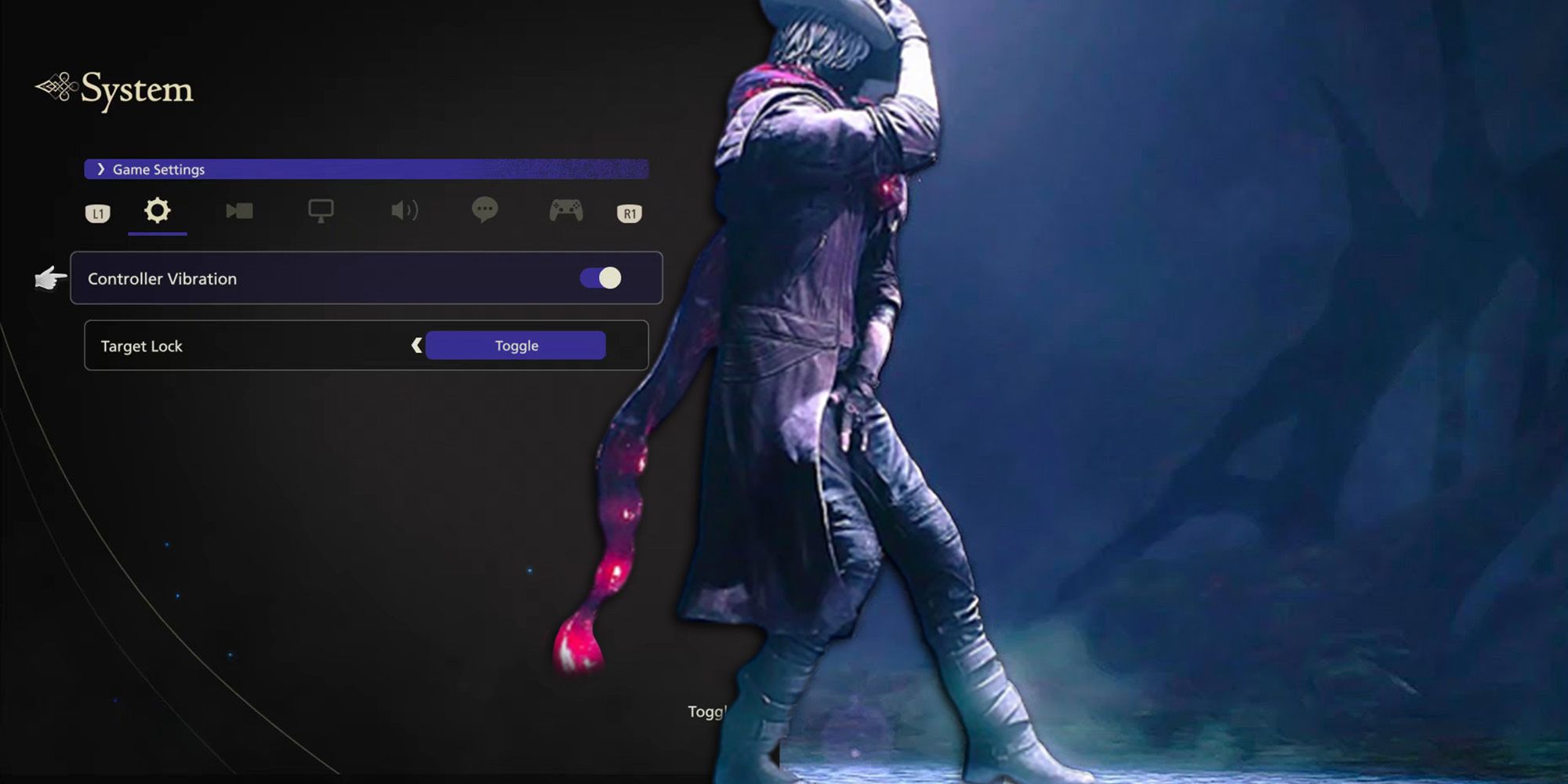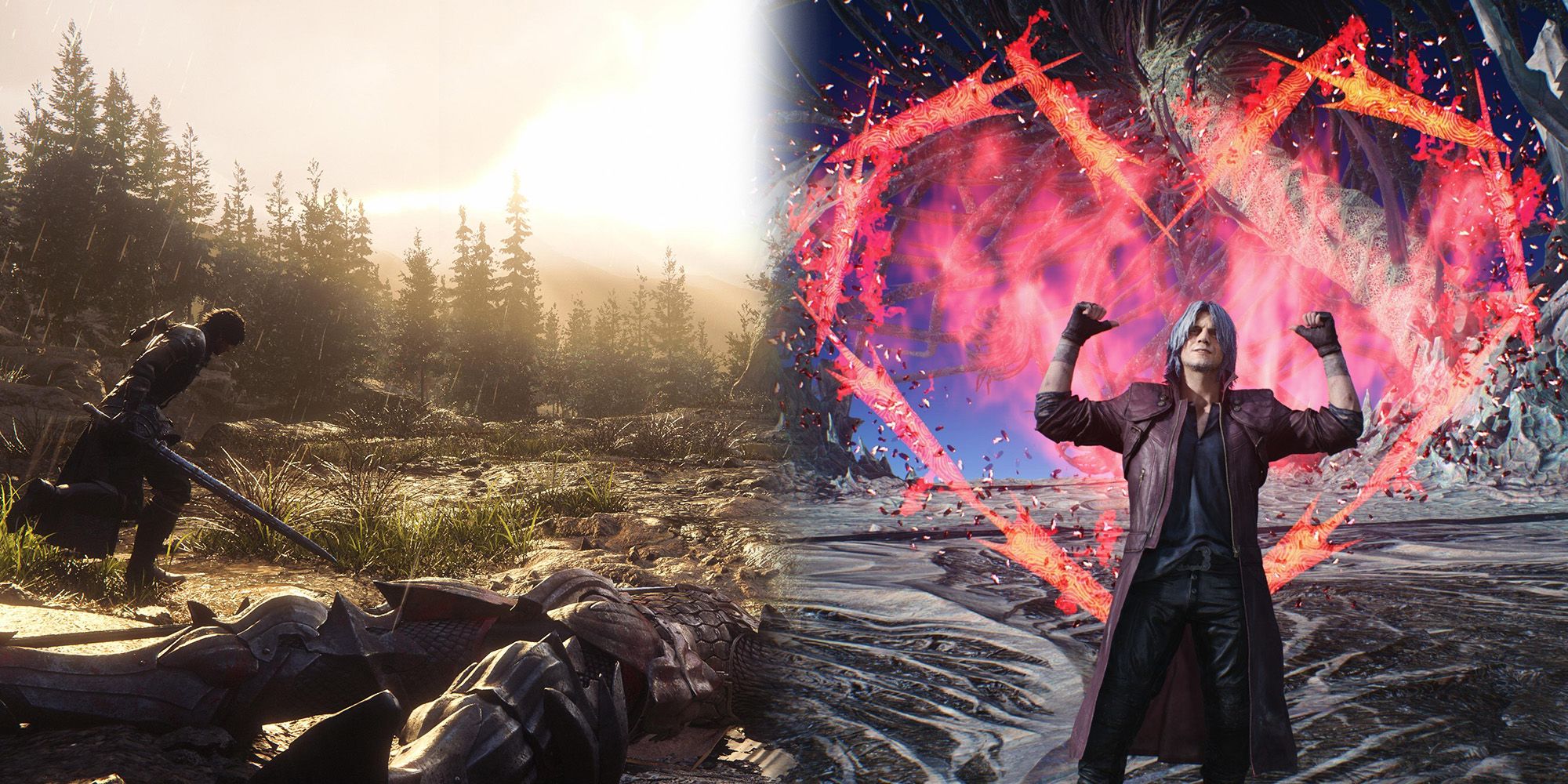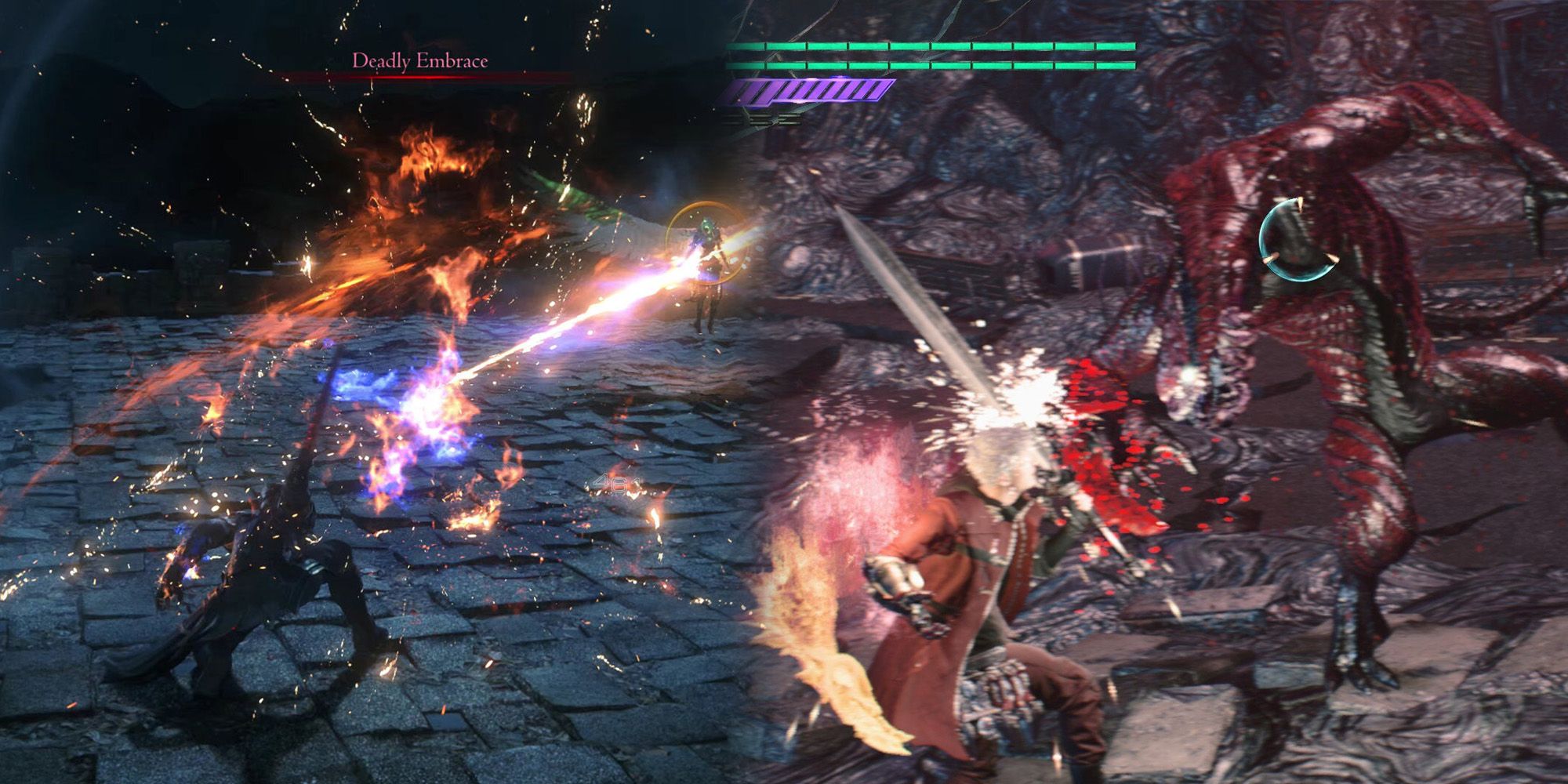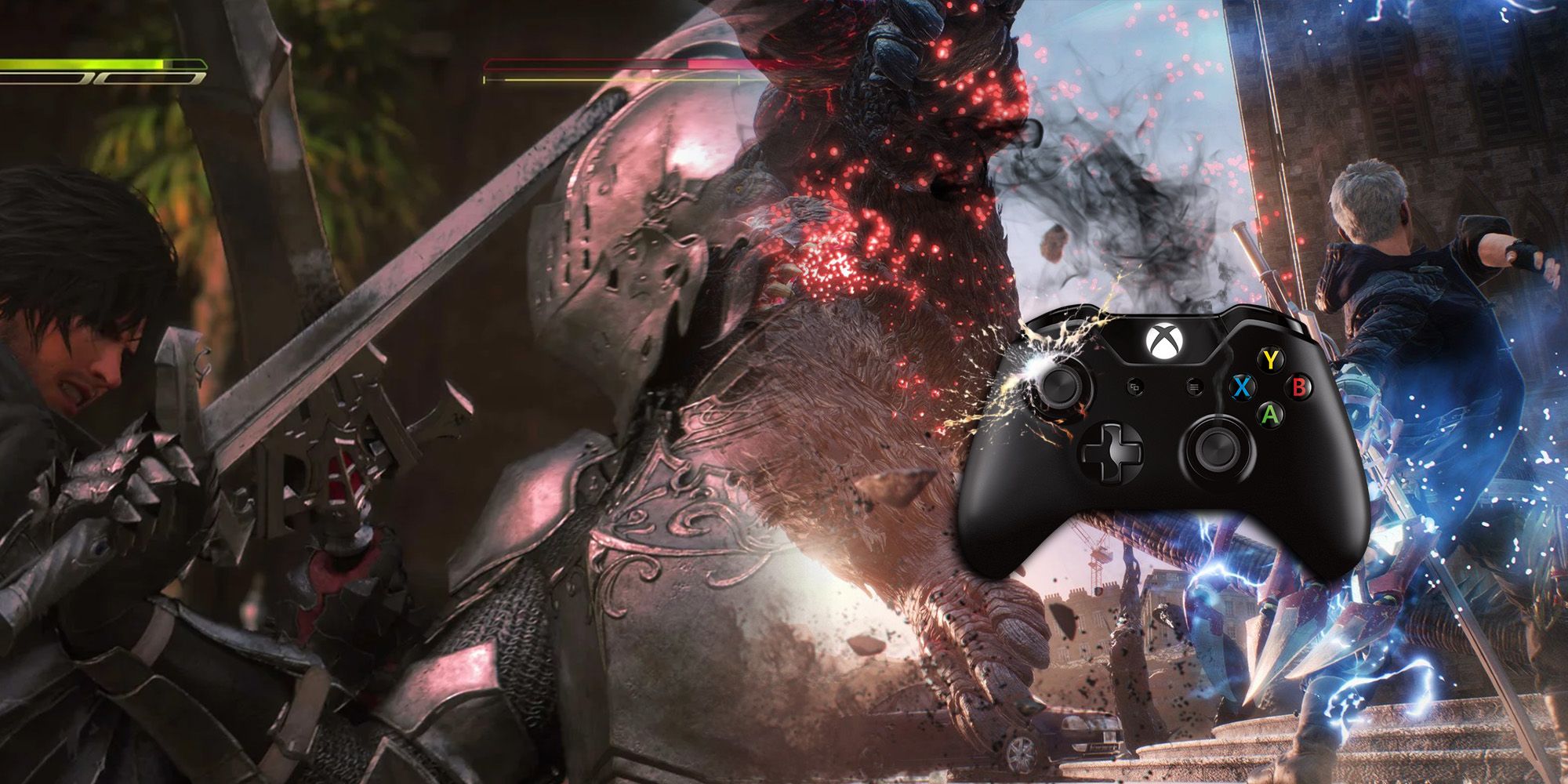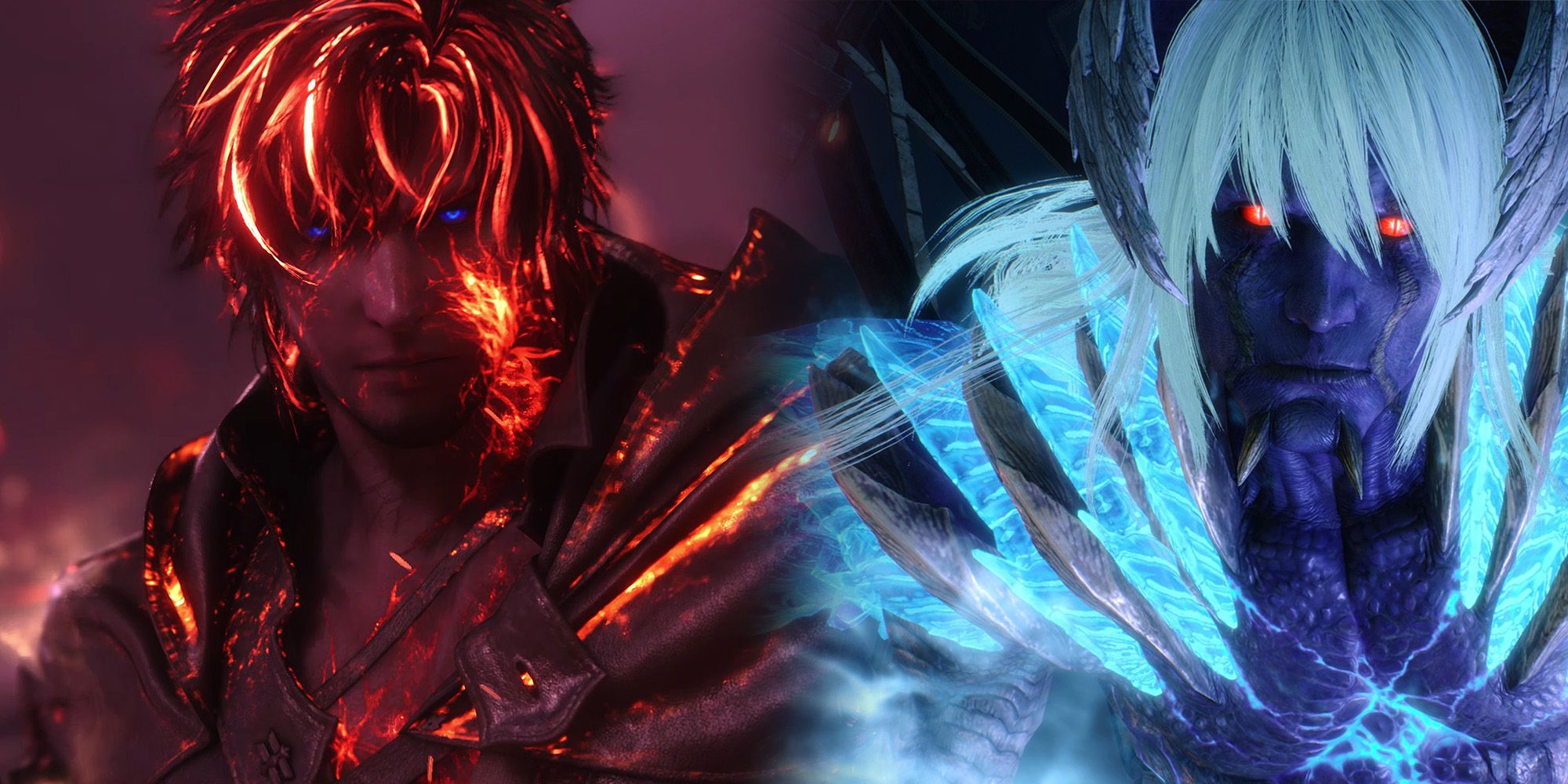Ever since Final Fantasy and Devil May Cry fans found out that Ryota Suzuki was part of Final Fantasy 16's dev team, the expectations for the game's combat system have been set sky-high.
For those who may not know, Suzuki is a veteran developer of high-octane combat in video games, as he was a designer for Devil May Cry 5, the Design Lead for Dragon's Dogma, and has been thanked in the credits of numerous fighting games as well. So, now that people have actually put their hands on Final Fantasy 16, let's see if the combat truly does compare favorably to Devil May Cry.
Disclaimer: These comparisons are just for fun, the combat systems in these two games are very different from each other with different goals.
8 Higher Graphical Fidelity & Visual Clarity
First up, let's be frank, Final Fantasy 16 is one of the best-looking games of the current generation. While the game does have some performance issues overall as some players have been complaining that the game is 'melting their PS5', the actual visual fidelity of this Game of Thrones-esque game is unparalleled, especially for a character action title.
That said, when it comes to how easily players can see what they're doing or what their enemies are doing in combat, both Devil May Cry 5 and Final Fantasy are around the same level. Both games go a bit heavy with the particle effects so it can be a tad difficult to see what's happening during some of the more 'bombastic' combat interactions, for example. Where FF16 inches ahead, however, is in the small UI details. It's incredibly nice that players can see what spell or attack the enemy is using beforehand with the spell/attack name popping up on-screen, for example, and there are plenty of other examples like this.
7 Enemies In The Staggered State Are A Blast To Test Combos On
One of the core ways that Final Fantasy 16 is intentionally different from Devil May Cry foundationally is that Final Fantasy's combat is in service to the story and the player's moment-to-moment experience while the Devil May Cry games have always been able the combos first and foremost that players 'earn' their satisfaction from and the story is the secondary focus.
But, funnily enough, the Staggered state that Clive knocks the majority of 'important' enemies into by draining their Will during battle is a perfect combo-practice tool that passively incentivizes players to min-max their inputs and learn the best usage of each ability in a combo. Devil May Cry games also have ways to 'stagger' enemies or bosses, but it never leaves them as open as Staggering does in FF16.
6 Clive Can Actually Move & Fire At The Same Time
Players can't always be up in their opponent's faces in these games, chipping away at their daunting health bar with an onslaught of sword slashes. There are times when players will want to keep their distance during an enemy attack, against specific enemy types, or when facing multiple enemies.
And, in those moments, DMC players have always had some sort of backup ranged option to use, with the majority of them being guns (though these are often used at close range mid-combo as well). Dante has Ebony and Ivory, Nero has the Blue Rose Magnum, and just like the two of them, Clive has different magic projectiles based on the currently active Eikon that he can fire off. However, while Nero and Dante are almost always 'forced' into a walking animation or a standstill while firing their guns, Clive can still run around while firing off magic.
5 There's A Lock-On Setting
The Devil May Cry franchise has always forced players to hold down the 'Lock On' input if they want to focus on a particular enemy and almost never offers an option to make this togglable. While this does make some sense, given that the fluid and complex nature of the combat in the DMC games can make locking on a detriment to the player, it would still be nice to at least give players a choice in the matter.
Thankfully, Final Fantasy 16 has 'Toggle Lock On' turned on by default, and it makes the game so much more approachable to a wider demographic of people. Plus, there's even an option between Hold and Toggle in the settings of the game, so DMC players can have it their way as well.
4 It's More Approachable While Also Less Complex
Let's talk about the elephant in the room that a lot of people are, oddly enough, being a bit coy about admitting; Final Fantasy 16's combat is a much shallower version of DMC5's. But that's not at all a negative thing, because this is obviously an intentional choice by the developers. By making the combat more user-friendly, it makes FF16 far more approachable to a much wider demographic than Devil May Cry 5 ever was.
Plus, if the combat was too difficult to pick up and learn, players would eventually feel satisfied once they figured it out but that's only after getting stuck on certain boss fights or minor encounters in the meantime, which would likely take a lot of impact out of those story moments when they finally did win. FF16, and many other games like it, are much more story-focused than any of the Devil May Cry games, and the combat was designed with that in mind.
3 It Has A Low Skill Floor But A High Skill Ceiling
Now, taking all the previous entries above into account, it may seem like it's implying Final Fantasy 16's combat is simple and basic. But, that's absolutely not the intention, as the combat only 'seems' that way at first, and there's actually a lot more to it than meets the eye.
Basically, FF16's combat is the very definition of 'low skill floor but high skill ceiling', meaning it's easy to pick up and learn the basics, but to actually 'master' all the systems is something else entirely. It's only once players start using abilities like Heatwave to counter magic, Rook's Gambit to counter physical attacks, and start to use Stomp to 'animation cancel' their attacks that they've really started to master the game's systems.
2 Fewer Inputs But A Similar Output
There have always been 'joke posts' and general community jokes told amongst the character action fans (and especially DMC fans) over the years about input complexity burning through player controllers rapidly. After all, the sheer amount of buttons, triggers, bumpers, and more that players need to execute in a small span of time to get the most 'stylish' of combos in these games is enough to make any controller start sparking and smoking.
And, while FF16 also has similar expectations of its player's skill, it doesn't ask those players to input a shopping list's worth of button presses to do so. The actual input complexity of FF16's combat is lower by design, but the actual combo and damage output are about the same, which seems to be intended to make players feel just as stylish as they would mastering DMC5, but with less effort overall. Plus, with the inclusion of the NG+ 'Final Fantasy' mode in FF16, players will get plenty of chances to test out their skills in the game in new and exciting scenarios.
1 Limit Break & Devil Trigger Regeneration
And finally, let's talk about Devil Triggers. Devil Triggers have been around since the first Devil May Cry game, and they're essentially what players would call a Super, an Ultimate, or a temporary Transformation depending on the game genres they're familiar with. When Dante activates his Devil Trigger (after the gauge is filled, of course), his appearance changes, he deals more damage, moves faster, attacks faster, and has access to new moves that are usually unique to the DT state.
Final Fantasy 16 also has a version of Devil Trigger with Limit Breaking where Clive 'semi-primes' into his Eikonic state, gaining many of the same bonuses Dante, Vergil, or Nero would with Devil Trigger active. However, players will get to use the Limit Break much more often than they would Devil Trigger, as it seems much easier to fill the bars overall, especially once Clive reaches some of the higher levels.
Final Fantasy 16 is available now for PS5.

